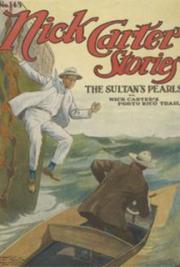THE CHINA JAR IMAGERY
A number of critics have pointed out that the imagery of the china jar used throughout this poem is significant and symbolic. The following lines include such imagery:
1 Or some frail china jar receive a flaw
(Canto 2, line 106)
2 While China's earth receives the smoking tide
(Canto 3, line 110)
3 Or when rich china vessels fallen from high, In glittering dust and painted fragments lie!
(Canto 3, lines 159-60)
4 The tottering china shook without a wind
(Canto 4, line 163)
The china jar (or cup), according to psychoanalytical critics and Freudians, can be a symbol for the female vagina. Thus, these symbols also suggest that the loss of the lock also represents a loss of virginity.
Pope's poem, then, seems to work on two entirely different levels. On the one hand, the poem presents a comic situation as Alexander Pope attempts to persuade Lord Petre and Arabella Fermor that the entire incident is trivial or unimportant. This level is connected to the theme of good humor. Pope hoped to restore good humor or positive feelings to the two opposing individuals.
On the other hand, the poem also presents a serious theme: the fall from innocence to experience. Some critics note that such a theme is common to literature and even includes the fall of Eve from the Garden of Eden. The imagery of the broken china jar as well as the other references to virginity and sexuality contributes to this more serious theme. Because the poem does also operate on this level, Pope's intended purpose, to get Lord Petre and Arabella Fermor to reconcile and become friends again, did not entirely succeed.







